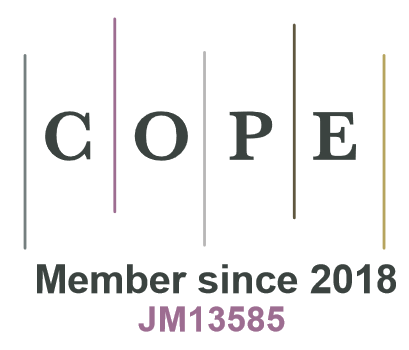article id 22017,
category
Research article
Highlights:
In moderate nutrient-rich forest site type (Myrtillosa turf. mel.), a significant subsidence of peat layer after drainage is associated with compaction rather than decomposition of peat; In nutrient-rich forest site type (Oxalidosa turf. mel.), a contribution of soil C stock losses to subsidence of the peat layer is significant; In moderate nutrient-rich forest site type (Myrtillosa turf. mel.), type of dominant tree species has higher impact on changes in soil C stock after drainage than in nutrient-rich forest site type (Oxalidosa turf. mel.); Distribution of different forest site types involving soil nutrient status has to be taken into account when CO2 emissions from drained organic soil in forest land are estimated at national level.
Abstract |
Full text in HTML
|
Full text in PDF |
Author Info
Impact of drainage of organic soils in forest land on soil carbon (C) stock changes is of high interest not only to accurately estimate soil C stock changes, but also to provide scientifically based recommendations for forest land management in context of climate change mitigation. To improve knowledge about long-term impact of drainage on nutrient-rich organic soils in hemiboreal forests in Latvia, 50 research sites representing drained conditions (Oxalidosa turf. mel. (Kp) and Myrtillosa turf. mel. (Ks) forest site types) and undrained conditions as control areas (Caricoso-phragmitosa, Dryopterioso-caricosa and Filipendulosa forest site types) were selected. Soil C stock changes after drainage was evaluated by comparing current C stock in drained organic soils to theoretical C stock before drainage considering impact of soil subsidence. During the 53-years period after drainage, the peat subsidence was higher in nutrient-rich Kp forest site type compared to moderate nutrient-rich Ks forest site type (peat subsided by 37.0 ± 4.8 and 23.3 ± 4.8 cm, respectively). In nutrient-rich Kp forest site type, soil C stock decreased by 4.98 ± 1.58 Mg C ha-1 yr-1 after drainage, while no statistically significant changes in soil C stock (0.19 ± 1.31 Mg C ha-1 yr-1) were observed in moderate nutrient-rich soils in Ks forest site type. Thus, in Ks forest site type, the main driver of the peat subsidence was the physical compaction, while in Kp forest site type contribution of organic matter decomposition and consequent soil C losses to subsidence of the peat was significant.
-
Lazdiņš,
Latvian State Forest Research Institute ‘Silava’ (LSFRI Silava), Rigas str. 111, Salaspils, LV-2169, Latvia
 https://orcid.org/0000-0002-7169-2011
E-mail:
andis.lazdins@silava.lv
https://orcid.org/0000-0002-7169-2011
E-mail:
andis.lazdins@silava.lv
-
Lupiķis,
Latvian State Forest Research Institute ‘Silava’ (LSFRI Silava), Rigas str. 111, Salaspils, LV-2169, Latvia
E-mail:
ainars.lupikis@inbox.lv
-
Polmanis,
Latvian State Forest Research Institute ‘Silava’ (LSFRI Silava), Rigas str. 111, Salaspils, LV-2169, Latvia
 https://orcid.org/0000-0003-2579-353X
E-mail:
kaspars.polmanis@silava.lv
https://orcid.org/0000-0003-2579-353X
E-mail:
kaspars.polmanis@silava.lv

-
Bārdule,
Latvian State Forest Research Institute ‘Silava’ (LSFRI Silava), Rigas str. 111, Salaspils, LV-2169, Latvia
 https://orcid.org/0000-0003-0961-5119
E-mail:
arta.bardule@silava.lv
https://orcid.org/0000-0003-0961-5119
E-mail:
arta.bardule@silava.lv
-
Butlers,
Latvian State Forest Research Institute ‘Silava’ (LSFRI Silava), Rigas str. 111, Salaspils, LV-2169, Latvia
 https://orcid.org/0000-0003-3118-1716
E-mail:
aldis.butlers@silava.lv
https://orcid.org/0000-0003-3118-1716
E-mail:
aldis.butlers@silava.lv
-
Kalēja,
Latvian State Forest Research Institute ‘Silava’ (LSFRI Silava), Rigas str. 111, Salaspils, LV-2169, Latvia
E-mail:
santa.kaleja@silava.lv



